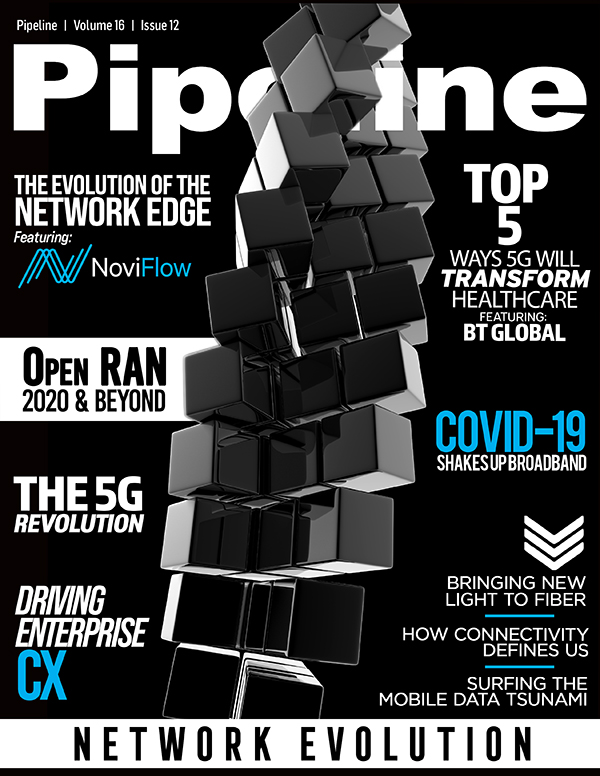A 5G Revolution: Networks of the Future
The shared solution
To support and fund the digital future, we must create an ecosystem of shared assets and shared spectrum that can be leveraged by multiple carriers to create pervasive broadband coverage that benefits and provides access to all.
Activism on the part of the infrastructure industry has been helping to create uniform approval processes. Antenna design initiatives have been finding ways to make deployments more unassuming for residents, and municipal education projects have been making many locations more accepting of antennas and the technology as a whole. However, there is another emerging solution that promises to fundamentally shift the way network development and service consumption occurs today across the entire ecosystem.
The vision of a shared infrastructure model is guiding the new era of deployment, offering enhanced efficiencies and economies of scale that can help the entire industry overcome deployment hurdles and build the networks of tomorrow. With the amount of coverage and capacity needed, a shared network environment and the mutually beneficial economics that come with it are necessary for shouldering the capital and deployment burdens so that the digital world can get the ubiquitous opportunities it requires.
Shared fiber cables, vertical sites and data center space and power are common today and an important component in deploying 5G networks. Not only does sharing these assets and pooling resources reduce individual capital burdens on providers as they expand and enhance their infrastructure, it also increases the ability for all to grow into new regions, increase capacity and leverage expedited rollout timelines. This creates a symbiosis of providers throughout the ecosystem that extends these benefits across entire footprints and markets.
Opportunities for shared assets exist even beyond physical infrastructure. The evolution of shared infrastructure — in order to maximize build efficiencies and facilitate highly efficient network usage — must develop to encompass virtual elements such as spectrum. Shared spectral infrastructure allows neutral network infrastructure providers to leverage licensed and unlicensed spectrum to facilitate offload and roaming opportunities for traditional carriers that are missing coverage or need additional capacity across their network. Instead of each carrier building an independent network, these carriers can leverage shared spectrum just as they have leveraged shared physical assets to lower their costs and improve time to market. Innovation and opportunity will come from democratizing the spectrum environment so that it’s not monopolized by large incumbent deals and instead can be available to anybody. As we look toward the future and what’s to come in the network world, this shared virtual and physical infrastructure is imminent.
The digital world is evolving rapidly, and data demands are rising higher and faster than ever.
Networks and the teams that build them must rise to meet this challenge accordingly. In the grand scheme of this network revolution, we are still at the beginning, and we are only now beginning to uncover some of the challenges that stem from fundamentally shifting the way infrastructure is built and leveraged. Fortunately, shared infrastructure is leading the way for the networks of tomorrow, alleviating cost pressures, increasing the ease with which the industry innovates and more efficiently and collaboratively delivering the opportunities that the future of 5G holds.



















